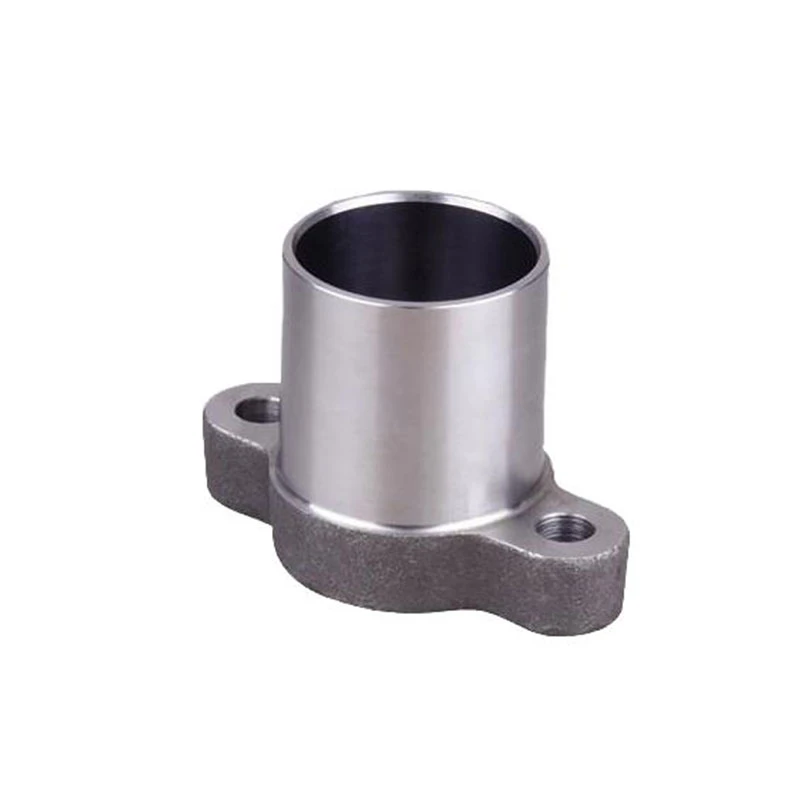OEM Valve Solutions for Precision Engineering and Enhanced Performance in Fluid Control Systems
Understanding OEM Valves A Comprehensive Guide
In the intricate world of manufacturing and engineering, original equipment manufacturer (OEM) components play a vital role in ensuring the efficiency and reliability of machines and systems. Among these components, valves are particularly significant. OEM valves are essential in various industries, including automotive, aerospace, industrial machinery, and plumbing, where they regulate flow, pressure, and direction of fluids, gases, or slurries. This article delves into the importance of OEM valves, their types, applications, and key considerations for selection and maintenance.
What are OEM Valves?
OEM valves are produced by the original manufacturer of a specific system or machinery. These valves are designed to meet exact specifications and standards set by the manufacturer, ensuring compatibility and optimal performance. Unlike aftermarket valves, which may come from third-party suppliers, OEM valves are specifically tailored for the system they are intended for, promising a higher level of reliability and performance.
Types of OEM Valves
1. Gate Valves Commonly used for on/off control, gate valves allow or block the flow of fluid without significant pressure drop. They are ideal for applications where pressure and flow need to be maintained.
2. Globe Valves Designed for throttling and regulating flow, globe valves have a spherical body shape. They are often used in systems where flow control is crucial.
3. Ball Valves Featuring a spherical disc that provides a rapid shut-off, ball valves are preferred for their ease of operation and low resistance to flow, making them ideal for quick on/off applications.
4. Butterfly Valves These valves consist of a rotating disc that regulates flow. They are lightweight, compact, and suitable for large volumes of fluid with lower pressure drops, making them popular in water supply systems.
5. Check Valves Designed to prevent backflow, check valves allow fluid to flow in one direction only. They are critical in maintaining system integrity and preventing contamination.
Applications of OEM Valves
OEM valves are used in numerous applications across various sectors
- Automotive Industry In vehicles, OEM valves manage fuel intake, exhaust flow, and cooling systems, contributing to engine efficiency and performance.
- Aerospace In aircraft, valves control hydraulic systems, fuel systems, and environmental control systems, ensuring safety and functionality.
oem valve

- Industrial Manufacturing In factories, OEM valves are integral to process control systems, managing raw materials, chemicals, and waste.
- Plumbing Systems Valves in residential and commercial plumbing regulate water flow and pressure, ensuring safe and reliable delivery of water.
Key Considerations for Selection and Maintenance
When selecting OEM valves, several factors need to be considered
1. Compatibility Ensure the valve is designed for the specific application and system it will be used in. Check the manufacturer’s specifications for proper fit and function.
2. Material Different applications require different materials. For instance, stainless steel is often used in corrosive environments, while brass may be suitable for low-pressure applications.
3. Pressure and Temperature Ratings Verify that the valve can withstand the operating pressures and temperatures of your system without failure.
4. Flow Characteristics Consider how the valve impacts flow rates. Selecting the right type of valve can significantly affect system performance.
5. Regulatory Compliance Ensure that the valve meets relevant industry and safety standards to avoid compliance issues down the line.
Maintenance of OEM Valves
Proper maintenance is crucial for the longevity and reliability of OEM valves. Regular inspections should be conducted to check for leaks or wear and tear. Lubrication, when needed, should be done according to the manufacturer's guidelines. In some cases, valves may need to be disassembled for thorough cleaning and inspection. Replacement of worn parts should be done promptly to prevent system failures.
Conclusion
OEM valves are indispensable components in many industrial applications, providing reliability and efficiency tailored to specific systems. Understanding the types, applications, and maintenance needs of these valves can significantly enhance operational effectiveness and safety. By carefully selecting and maintaining OEM valves, industries can ensure seamless operation and longevity of their critical systems. As technology advances, the role of OEM valves will continue to evolve, bringing new efficiencies and innovations to the forefront of engineering and manufacturing.
-
Precision Casting AI Solution with GPT-4-Turbo | Optimized QualityNewsAug.02,2025
-
Precision Sheet Metal Stamping Manufacturer | Fast & ReliableNewsAug.01,2025
-
OEM Sand Cast Pump Valve Fittings - Baoding Hairun Machinery And Equipment Trading Co., Ltd.NewsAug.01,2025
-
Custom OEM Impellers | High Efficiency & PrecisionNewsAug.01,2025
-
OEM Sand Cast Pump Valve Fittings - Baoding Hairun Machinery | Customization, Quality AssuranceNewsAug.01,2025
-
OEM Sand Cast Pump Valve Fittings - Baoding Hairun Machinery And Equipment Trading Co., Ltd.NewsAug.01,2025















